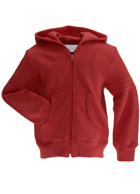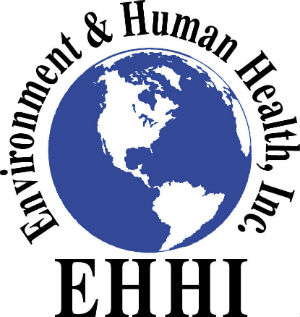NEW OpEd: Pesticides in Clothing
The catalogue from L.L. Bean came in the other day and in it they were selling a line of clothing impregnated with the insecticide permethrin. Permethrin is an older insecticide that we know quite a lot about. Permethrins also known as pyrethroids are a much-used insecticide. Now it is being impregnated in clothing and advertised as protecting the wearer from being bitten by mosquitoes and ticks. What are the risks of wearing clothing impregnated with the toxin permethrin? The company is also selling clothes for children impregnated with permethrin under the names “No Fly Zone” and “Insect Shield.” Children are more susceptible to harmful pesticide exposures than adults are. According to the Agency for Toxic Substances and Disease Registry (ATSDR), “Pyrethroids might be able to penetrate the skin of infants and young children more easily than the skin of adults.” How much of the insecticide actually gets into the skin of adults and children wearing the permethrin clothing? What if it rains and the person and the clothing get wet? Who has researched what the exposures to permethrin actually are when wearing these clothes other than the manufacturer who, of course, says the clothing is safe. The advertising says that the permethrin lasts in the clothing through 70 washings – but to be sure to wash the clothing separately – showing that some of the insecticide comes out in the wash. Through 70 washings — will the owner remember to wash the clothing separately by the 15th washing? What if the impregnated clothes are washed with a one-year-old baby’s clothing? Will the baby's clothing then have permethrin in it and will the baby now be exposed to permethrin? When the pesticide-impregnated clothes go into the dryer, how much of the permethrin is in the exhaust and how much will be inhaled? If you are on a well and a septic tank, how much of the pesticide gets into the wastewater then into the septic tank — can it affect your well? Who has researched these issues and answered these questions? When there are serious insect health risks like going into a jungle, where there could be large numbers of dangerous insects, then wearing these clothes makes sense — but for ordinary use; which is what LL Bean is selling these items for — it does not make good health sense. There are other ways to protect oneself from insects when one is in places where you might be bitten. Why do we raise a word of caution? What are the known health effects of permethrins, also known as pyrethroids? Health effects from the Agency for Toxic Substances and Disease Registry (ATSDR) Pyrethrins and pyrethroids interfere with the way that the nerves and brain function. If you get a large amount of pyrethrins or pyrethroids on your skin, you may get feelings of numbness, itching, burning, stinging, tingling, or warmth that could last for a few hours. Pyrethroids might be able to penetrate the skin of infants and young children more easily than the skin of adults. Infants and young children are more easily dehydrated than adults through exercise, flue, colds, and the conditions that contribute to fluid loss. Therefore, pyrethroids that penetrate the skin may become more concentrated in internal tissues of the young. From The National Institutes of Health (NIH)
Additionally, pyrethrins have demonstrated that they act as endocrine disrupting compounds (or EDCs) in mammals and fishes, and therefore interfere with endocrine signaling by blocking, mimicking, or synergizing endogenous hormones through direct receptor interactions, and indirectly via upstream signaling pathways. Pyrethrins are also neurotoxic and negatively affect the immune system. And so we ask this question: Without the adequate testing of these clothes in many different situations, should they be considered risk-free and safe enough to wear in normal situations?
